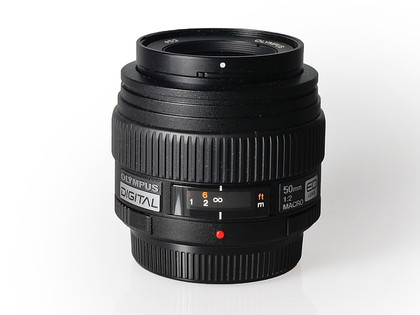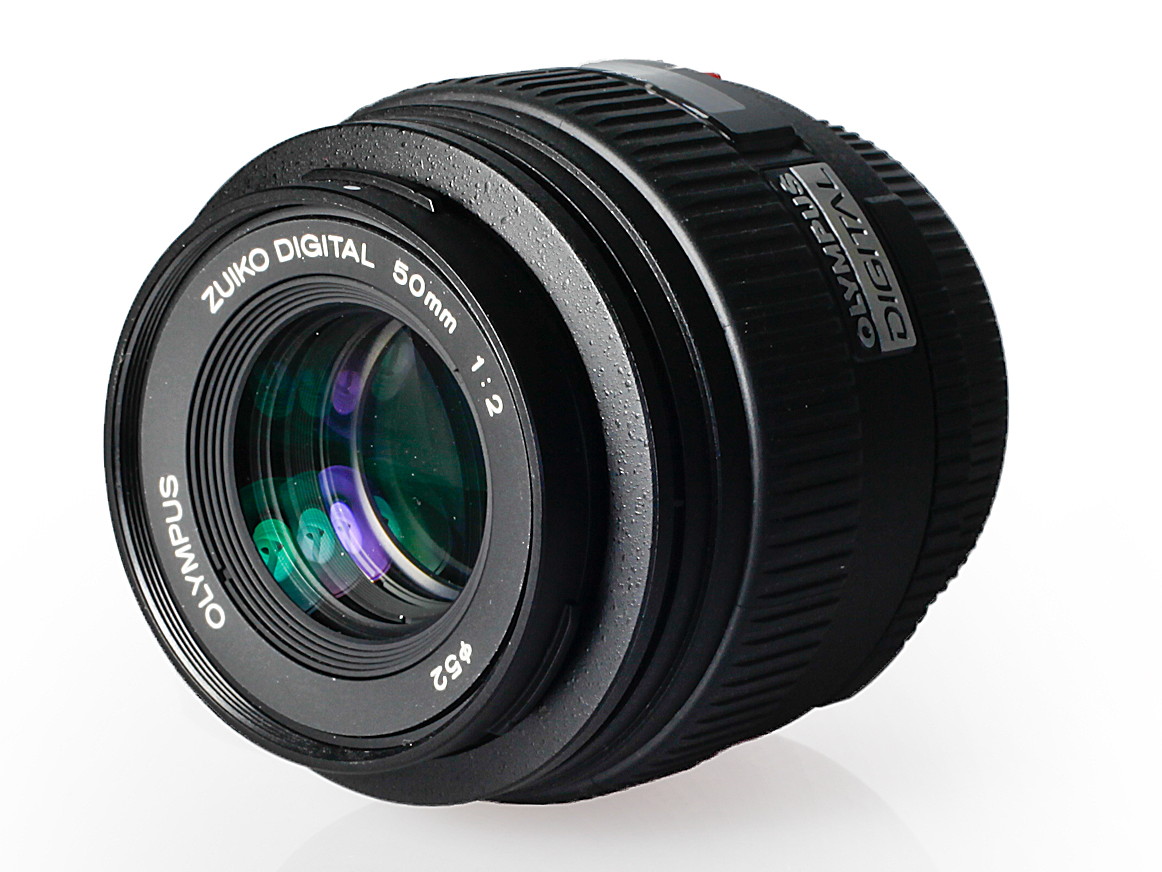TechRadar Verdict
Pros
- +
Dust and splash-resistant
- +
Manual focusing is easy
- +
Keeps chromatic aberrations to a minimum
- +
Depth of field is great
Cons
- -
No reproduction ratio display
- -
Only 0.52x magnification
- -
Distance window is obscured
- -
Focusing is a little slow
- -
Loses sharpness at wide apertures
Why you can trust TechRadar
One of a handful of macro lens options for Micro Four Thirds (MFT) users, the Olympus Zuiko Digital ED 50mm 1:2.0 Macro provides an effective focal length of 100mm when used with Four Thirds cameras, but with an actual focal length of 50mm it's much smaller and lighter than other 100mm macro options.
It contains 11 lenses arranged over 10 groups - among them, a single Extra Low Dispersion element. This is in place to help minimise chromatic aberration. Olympus has also incorporated a floating focusing system that corrects for aberrations throughout the optic's focusing range.
While the lens only offers a 0.52x magnification (half life-size) as standard, Olympus claims that the crop factor applied by Micro Four Thirds bodies results in images that more closely resemble those shot with 'true' macro lenses, which offer 1:1 reproduction ratios.
Should this not be enough, the lens can be combined with the EX-25 extension tube, which doubles its magnification.
The Olympus Zuiko Digital ED 50mm 1:2.0 Macro lens is small and only marginally heavier than non-macro 50mm lenses, and it's finished to match Olympus DSLR bodies. It's also one of the few macro lenses to be sealed against dust and splashes of water, and so it's a good match for the Olympus E-3 and E-5 DSLRs that offer similar protection against adverse conditions.

At its rear there's a solid metal mount, and above it sits a small but clear distance window, which displays distance in both feet and metres. Unlike similar lenses, however, there's no indication as to the lens' current reproduction ratio, while on some bodies such as the Olympus E-5, it's difficult to see the distance window clearly thanks to the overhang of the fill-in flash.
Neither a focus limiter nor an AF/MF switch feature on the barrel, so focus modes need to be changed through the host body. Externally, the only other features are a rubber focusing ring and a 52mm filter thread, as well as a bright red index dot to aid mounting.
Sign up for breaking news, reviews, opinion, top tech deals, and more.
The optic's size adds little to the overall profile of a Micro Four Thirds DSLR, and although its focusing ring is a little shallow, it's hard to imagine it realistically being any larger on such a small lens.
